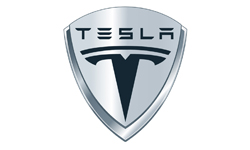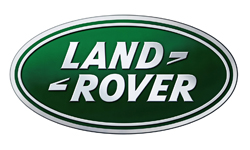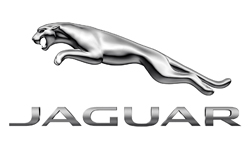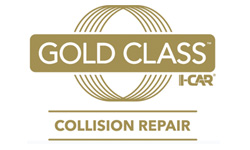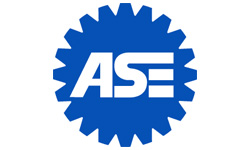Guide to Body Repairs after an Accident
Cars are made of lots of different materials, from oil and rubber to metal and plastic. They all fit together to make one big machine. The part of your car that you can see, the body, is usually made of metal and plastic and painted to look oh-so-lovely.
Although it may not seem important, even the body of your car has a purpose: it protects all those moving parts on the inside that make it run safely. Paint protects the body and the body protects the systems inside.
Do I really need to repair the body?
You’ve probably seen cars on the road with dents, rust, scratches, chunks missing, and other evidence of an accident. Cars aren’t just made to look pretty – every part has a specific purpose.
This seemingly insignificant damage does more than make your car look like you’ve crashed it, they affect performance and safety. Body repairs are one of those little things that can quickly turn into a big problem and spread to other systems within your car.
Metal cars with accident damage will rust, especially during snowy winters, humid summers, near the ocean, or climates with rain. Rust may start small but it spreads quickly, and it won’t stay on the outer body. Rust can happen all over your car, from the gas tank and the exhaust system to the engine support. It eats away at the metal, slowly weakening it. It’s best to catch it and stop it as soon as possible.
Plastic cars still have metal parts, and while the plastic body may not rust, they do create an aerodynamic vehicle of a specific weight that protects the inner systems from rust and other damage from the road.
Repairing your car’s body parts can be simple
Depending on whether you have a plastic or metal car, repairs can differ. With today’s technology, they’re possible. Repairing parts instead of replacing them offers several benefits.
- It is often faster,
- Saves money,
- Is better for the environment, and
- It leaves your car with a higher resale value than it would have with a replacement part.
Repairing Metal Bodies
Rut repairs can be major or minor depending on how much rust there is, where it’s located, and how deep it goes.
Small scale rust repairs, caused by a neglected dent or a deep scratch in the paint, typically involve sanding away the corroded area and then covering it with a new layer of primer and paint.
Large scale rust repairs are usually needed when rust has spread beyond the body and are more invasive. Corroded metal is weak and can affect the structural integrity and safety of the car, so it needs to be cut out and new pieces will need to be welded in.
Repairing Plastic Bodies
Because rust isn’t an issue with plastic (unless it has spread to the inside of the vehicle), plastic bodies can be repaired by removing dents, adding patches, sanding out scratches, and, if necessary, adding a fresh coat of paint.


